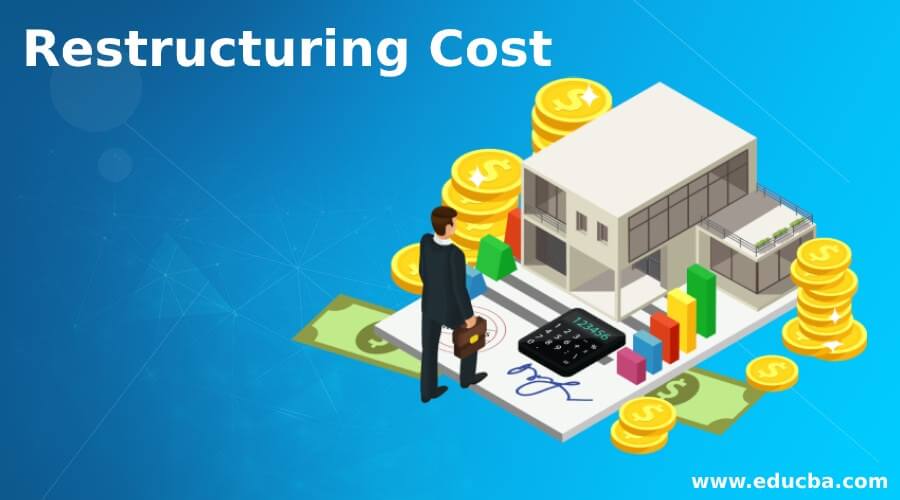Updated July 19, 2023
Definition of Restructuring Cost
Restructuring cost refers to a one-time cost or expense incurred by a company to reorganize its operations with the aim of improving future profitability and efficiency.
These costs fall under the category of non-operating expenses and are not expected to recur in the near future. However, the company includes them in the income statement as non-recurring operating expenses to calculate the net income for a specific period of time.
Explanation
Restructuring costs are incurred by the company for different reasons, like when the firm is looking at merger and acquisition with/of another company, when the company is looking to downsize the operations or sell a partial business, lay off employees, or move assets in another location. Restructuring charges include cash cost, asset written off, liabilities accrued, employee severance pay, etc.
Usually, companies that choose to incur the restructuring cost are insignificant problems; therefore, to revive their situation and improve the expected profitability in the future, they are ready to pay additional upfront restructuring costs. Restructuring costs do not significantly impact the share price of the company because they are treated as one-time or infrequent charges. The company includes details of the restructuring charges in the footnote to the financial statements, providing transparency to investors and stakeholders.
Example of Restructuring Cost
XYZ company has decided to make certain changes to its operations. It has incurred the following restructuring expenses:
- Severance checks to employees: $200,000
- Shifting of assets to a different location due to shut-down of plant: $100,000
- Installation of new machinery: $70,000
- Introduction of a new inventory management software: $50,000
Solution:
Total restructuring cost that would be reported in the income statement:
- ($200,000 +$100,000+$70,000+$50,000) = $420,000
Restructuring Cost on Income Statement
Restructuring costs are classified as non-operating expenses and are included in the income statement as non-recurring or one-time operating expenses. They impact the profit for the period in which they are incurred.
Therefore, it helps the company to get rid of losses through a one-time charge, clean out the books, and improve future profitability as well.
Restructuring Cost Provision
- Sale of Business: In the case of the sale of operation, the provision is recognized only after the sale agreement is binding and final.
- Reorganization of the Operation: Recognition of the restructuring provision cannot be based solely on a formalized board decision as it is insufficient for recognition.
- On Acquisition: The recognition of restructuring provision for acquisition occurs only when there is an existing obligation at the acquisition date. Future operating losses do not warrant the recognition of restructuring provisions. For creating the restructuring provision, the restructuring provision account expense line item for P&L is debited, and the provision liability line item for the balance sheet is credited. The provision should be reviewed at each balance sheet date and adjusted as required. Advantages of Restructuring Cost
Below are the advantages and disadvantages mentioned below:
Advantages
The advantages are as follows:
- Sometimes restructuring leads to the elimination of layers of management which consequently leads to better communication & decision-making, simplified hierarchy, and, above all, increased productivity.
- During the restructuring, companies introduce new technologies that lead to increased efficiency in its day to day operations.
Disadvantages
The disadvantages are as follows:
- Staying off skilled employees in the restructuring process may lead to decreased productivity.
- Hiring new employees will increase the training and development expenses of the company.
- The laying off of employees during the restructuring process result can result in low working morale and insecurity of jobs among workers.
Conclusion
All companies incur restructuring costs at one or another point in time. Still, it should be kept in mind that restructuring also means that the company was unable to support itself or was in a significant problem due to which the company has decided to incur a huge upfront cost to revive the current scenario and improve future profitability.
Recommended Articles
This is a guide to Restructuring Cost. Here we discuss the definition and example of restructuring cost along with advantages and disadvantages. You may also have a look at the following articles to learn more –




